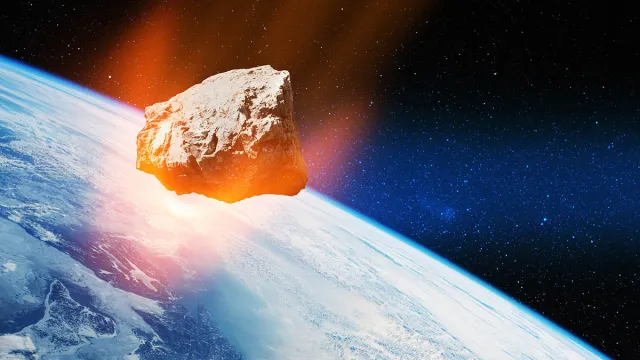
Like all of us, science has had a rough few years. The coronavirus pandemic overwhelmed the news and the most urgent scientific discoveries became matters of political controversy. There didn't seem to be much to celebrate—or even think about outside the pandemic. But researchers in hundreds of fields kept up their life's work. And now that the cloud COVID-19 cast on everyday life has begun to lift somewhat, it's clear that there have been some pretty amazing scientific discoveries this year.
They've changed our understanding of everything from prehistoric history to our future in space, to why humans age, what the brain is capable of, and why the toll from climate change is even more severe than currently believed. Read on to find out more about the 10 most amazing scientific discoveries of 2022 so far.
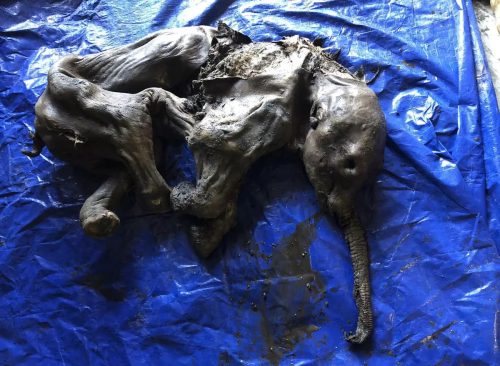
When miners in Canada discovered an animal frozen within the permafrost, they quickly called experts. None of them were prepared for what emerged: University of Calgary researchers were stunned when it was determined to be a female baby woolly mammoth, about 30,000 years old, with perfectly preserved toenails, skin, trunk, and hair—the best-preserved woolly mammoth ever found in North America.
"It is as close to meeting a living mammoth as one can get," the school said in a press release. "It was incredible to think this was an animal that died so long ago, but here it is, preserved so well that it still has hair on it—frankly, it was mind-blowing," said Dr. Dan Shugar, a science professor at the university. He called it "the most exciting scientific thing I have ever been a part of."
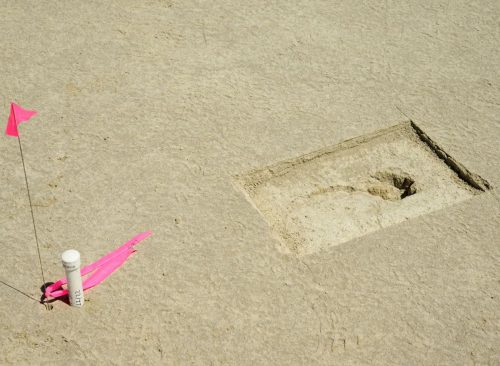
A study published in August revealed that scientists had found 88 fossilized footprints belonging to adults and children, likely dating back 12,000 years, in shallow Utah riverbeds. It's just the second set of human tracks from the Ice Age to be identified in the United States (the first was in 2021).
They suggest humans occupied the area 7,500 years earlier than previously thought, and that could shake up our current understanding of how humans evolved. "Now that we have this human element, the story of the very early people becomes more real," David Madsen, an archaeologist at the University of Nevada-Reno, told CNN. "There's more funding available, there's more interest in it, there'll be more recovery."
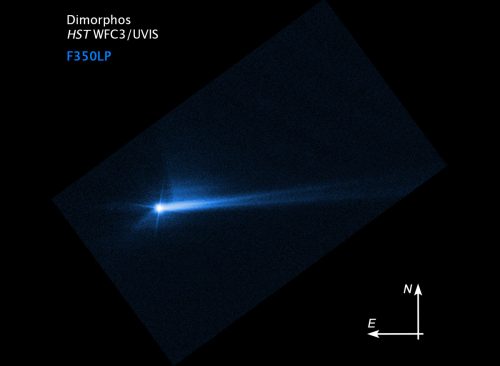
NASA smashed a spacecraft, known as DART, directly into an asteroid in September. Their aim: To see if such a collision could knock the asteroid off its orbit, something that could protect Earth from an apocalyptic asteroid strike, like the one that wiped out the dinosaurs millions of years ago. The $325 million craft—about the size of a vending machine—was directed at the asteroid Dimorphos, about 6.8 million miles away from Earth.
It slammed into the space rock at 14,000 miles an hour and was destroyed instantly. The mission seems to have been successful, nudging Dimorphos off its previous orbit. "As far as we can tell, our first planetary defense test was a success," said Elena Adams, DART's mission systems engineer at the Johns Hopkins University Applied Physics Laboratory (JHUAPL), after the impact. "I think Earthlings should sleep better. Definitely, I will."
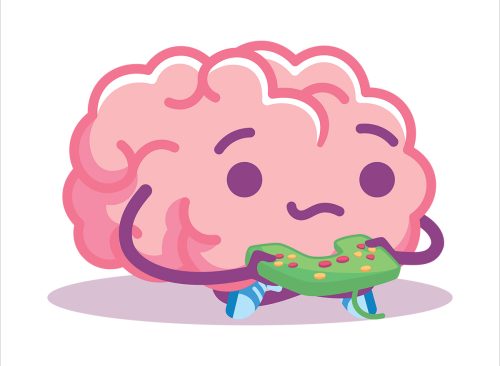
Australian researchers say they've grown brain cells in a lab that have learned to play the vintage video game Pong. The "mini-brains" they created can sense and respond to their environment. Dr. Brett Kagan said his team had created the first "sentient" brain grown in a lab. "We could find no better term to describe the device," he said. "It is able to take in information from an external source, process it, and then respond to it in real-time."
In the experiment, researchers grew human brain cells from stem cells and mouse embryos into a mini-brain consisting of 800,000 cells. They connected the mini-brain to Pong via electrodes that indicated which side the ball was on and how far from the paddle it was. Upon "viewing" the video game, the cells produced electrical activity, said the scientists, who gave the cells feedback on whether they were hitting the ball or not.
The mini-brain learned to play the game in five minutes, the researchers said. It frequently missed the ball, but its connection rate was higher than random chance.

It's called "covert consciousness," a state in which the brain reacts to the outside world with some comprehension, but the body remains unresponsive. Scientific American reported that as many as 15 to 20 percent of patients who appear to be in a coma exhibit this kind of internal awareness when monitored with technology that can measure brain activity. This is changing scientists' understanding of comas and other unresponsive states.
Studies have found that people whose covert consciousness is detected early have a greater chance of full, functional recovery. "This is very big for the field," a neuroscientist said about the first major study of the phenomenon. "The understanding that, as the brain recovers, one in seven people could be conscious and aware, very much aware, of what's being said about them, and that this applies every day, in every I.C.U.—it's gigantic."
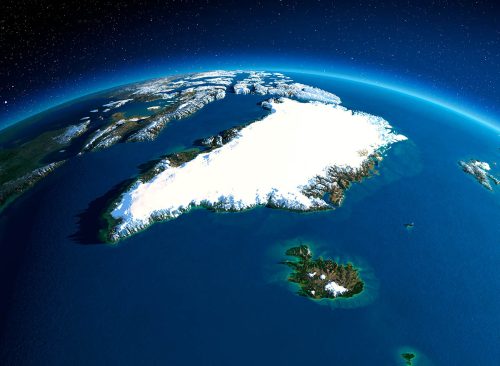
The world's second-largest sheet of ice, also known as Greenland, seems to be disappearing faster than scientists previously thought. Warmer ocean waters and rising air temperatures have accelerated the Arctic land's melting. According to a study published in the journal Nature Geoscience, Greenland is losing about 250 billion metric tons of ice each year.
Those losses are accelerating over time. Warm air causes the surface of the ice sheet to melt, and the runoff is deposited into the oceans. Scientists say this churns the waters, which causes heat to rise from the oceans and further warm the waters that touch the ice. That makes the glaciers melt faster. This "could push up ocean levels to the degree that even New York and San Francisco will have to prepare for a new normal," MarketWatch reported. "
Scientists are particularly concerned about the effects that a melting ice sheet could have on some coastal U.S. cities, such as New York City; Washington, D.C.; San Francisco; and New Orleans. These popular metro areas could become underwater cities if ice sheets melt enough to raise the sea level significantly."
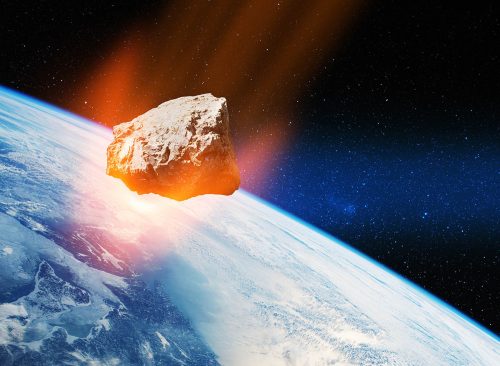
The European Space Agency says there are more than 30,000 near-earth asteroids (NEAs) in the solar system. They're space rocks—occasionally huge ones—that revolve around the sun on paths relatively close to Earth's orbit. And 1,425 of them have a "non-zero chance" of hitting the earth.
Of the 30,039 NEAs, about 10,000 are larger than 460 feet in diameter, and 1,000 are larger than 3,280 feet in diameter. The 1,425 that have a "non-zero chance of impact" are being watched closely by astronomers. Possibly comforting: On average, Earth is hit by a large asteroid every 5,000 years and a civilization-ending asteroid every one million years, says NASA.
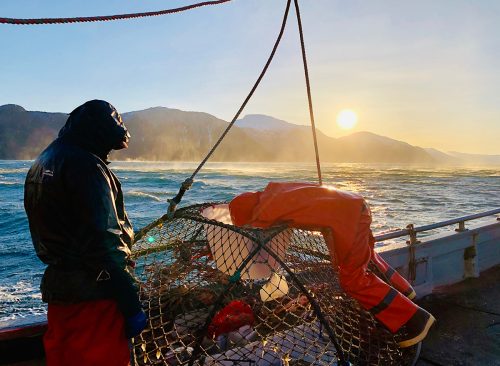
In October, CBS News reported that one billion crabs have disappeared from Alaska in the last two years, and experts aren't sure why. That amounts to 90% of their population. The decline is so severe that fish and game officials have canceled the upcoming winter crab season for the first time in state history, and the economy is likely to take a $200 million hit. What's more: Scientists worry this may be an ominous sign for the global ecosystem.
Disease is a potential explanation. Climate change is another. NOAA indicates that Alaska is the fastest-warming state in the U.S, and crabs need cold water to survive. Miranda Westphal, a biologist with Alaska's fish and game department, said that between 2018 and 2019, the Bering Sea "was extremely warm and the snow crab population kind of huddled together in the coolest water they could find," she said. When the water warms, their metabolism increases, spurring them to eat more. "They probably starved to death and there was not enough food."

In a study published in the journal Nature this October, scientists injected human nerve cells into the brains of rats. They found that those neurons continued to grow, forming connections with their host's brain cells and guiding their behavior. Those cells ultimately grew to comprise one-sixth of the animals' brains.
"The ultimate goal of this work is to begin to understand features of complex diseases like schizophrenia, autism spectrum disorder, bipolar disorder," Paola Arlotta, a Harvard neuroscientist, told NPR. But some scientists are nervous. At what point does a rat implanted with human cells cease to be a rat? And could the process create, gulp, highly capable "super rats"? "It raises the possibility that you're creating an enhanced rat that might have cognitive capacities greater than an ordinary rat," said Julian Savulescu, a bioethicist at the National University of Singapore.

Scientists say they've found evidence that men age faster than women, and men are biologically four years older than women by the time they're 50 years old. This "aging gap" also exists between men and women in their 20s. Researchers in Finland looked at 2,240 twins in two age groups: Those between 21 and 42 years of age and those between 50 and 76. Using the epigenetic clock, a biochemical test used to measure age, the scientists compared each person's chronological age to how old the epigenetic clock said they are biologically.
Using the clocks, the researchers found that men were biologically older than women, and the difference increased with calendar age, even when accounting for lifestyle. The study author said that when comparing male-female twins, the male was about one year biologically older than his sister in his 20s and four years in his 50s. "These pairs have grown in the same environment and share half of their genes," she said. "The difference may be explained, for example, by sex differences in genetic factors and the beneficial effects of the female sex hormone estrogen on health."














